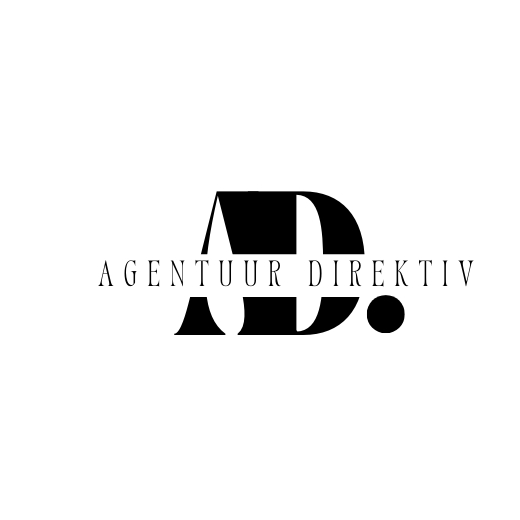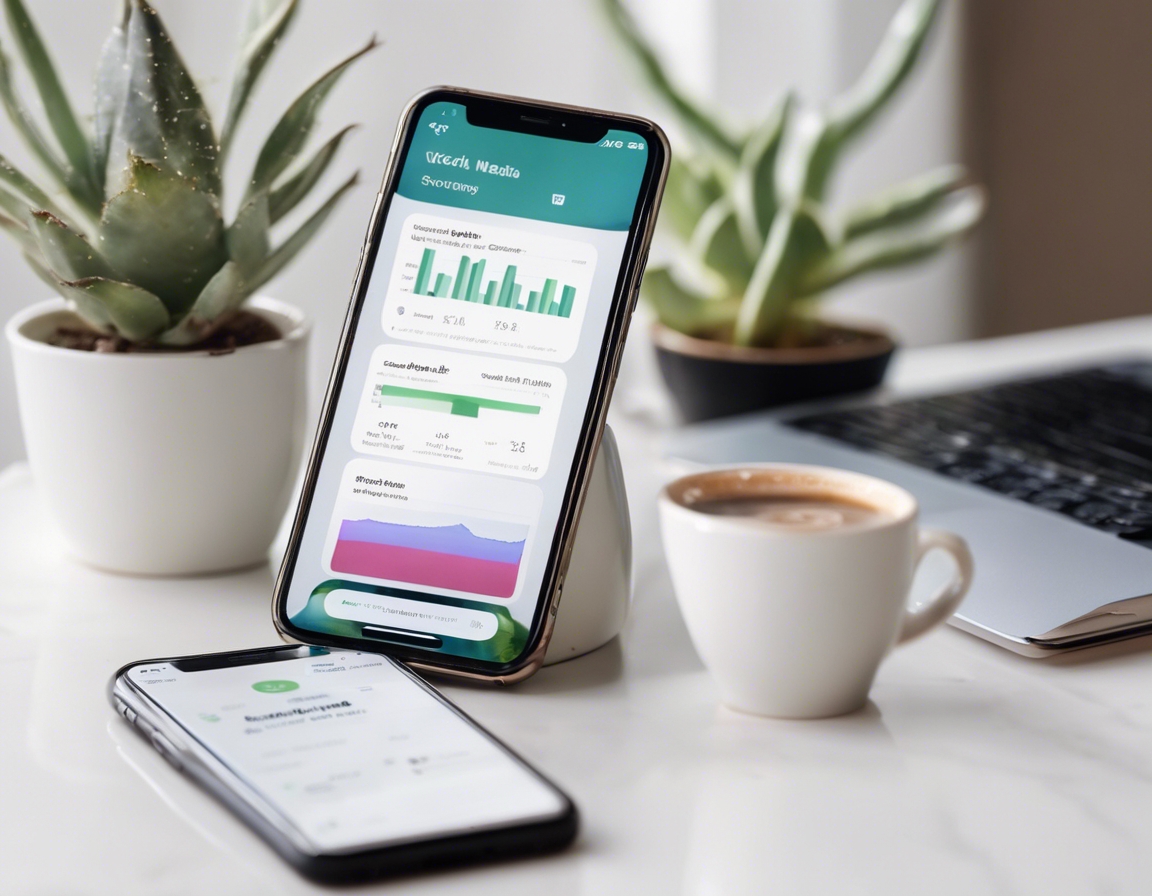The art of creative design in digital marketing
In the ever-evolving world of digital marketing, creativity stands as the cornerstone of impactful communication. It's the spark that captures attention, the thread that weaves brand stories, and the element that differentiates a brand from its competitors. Creative design in digital marketing is not just about aesthetics; it's about crafting experiences that resonate with audiences and drive engagement.
Digital marketing is a vast field that encompasses various strategies and channels. From social media to search engine optimization, each aspect requires a unique blend of creativity and technical knowledge. Understanding this landscape is crucial for integrating creative design effectively.
Key Elements of Creative Design
Visual elements are the first to grab a user's attention. A well-crafted logo, a harmonious color scheme, and a consistent visual language across all platforms are essential for establishing a strong brand identity. Creative design breathes life into a brand's vision, making it memorable and relatable to the target audience.
User experience is at the heart of digital marketing. A creative design that prioritizes UX/UI ensures that websites and apps are not only beautiful but also intuitive and user-friendly. This focus on the user's journey through design can significantly improve conversion rates and customer loyalty.
The choice of typeface and color palette can convey a brand's personality and evoke specific emotions. Understanding typography and color psychology is vital for designers to create compelling and effective marketing materials.
Strategies for Implementing Creative Design
Creative design must align with the overarching marketing goals. Whether it's increasing brand awareness, generating leads, or driving sales, every design element should serve a purpose and contribute to the desired outcome.
Staying ahead of design trends and technological advancements can give businesses a competitive edge. However, it's important to balance trendiness with timelessness to ensure that designs remain effective in the long run.
Storytelling is a powerful tool in digital marketing. Creative design can help tell a brand's story in an engaging and visually appealing way, creating an emotional connection with the audience.
Tools and Technologies for Creative Design
Software like Adobe Creative Suite and Sketch are staples in the designer's toolkit. These tools enable the creation of high-quality graphics and layouts for various digital marketing assets.
Platforms such as WordPress and Wix offer user-friendly interfaces for creating and managing websites. With the right design approach, these tools can help create stunning, SEO-friendly websites that stand out.
Incorporating animation and interactive elements can take a design to the next level, making it more dynamic and engaging. These features can help illustrate complex ideas and guide users through the content in an immersive way.
Measuring the Impact of Creative Design
Tracking the performance of creative designs is essential for understanding their effectiveness. Analytics tools and user feedback provide valuable insights into user behavior and preferences, informing future design decisions.
A/B testing allows marketers to compare different design elements to see which performs better. This data-driven approach helps optimize designs for better performance and higher ROI.






Comments (0)